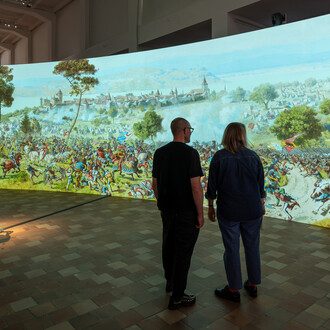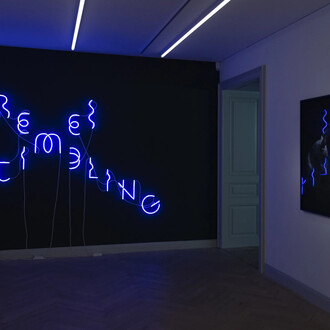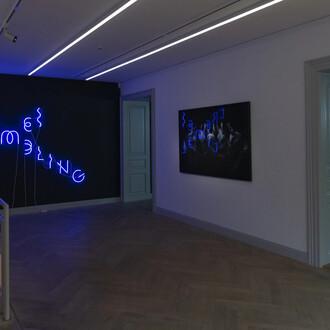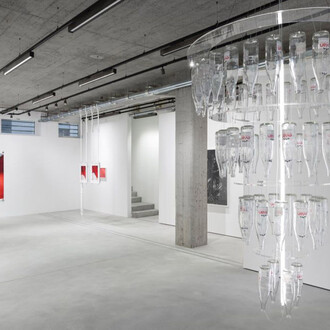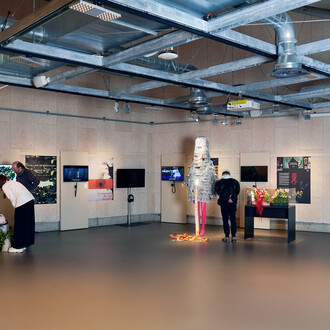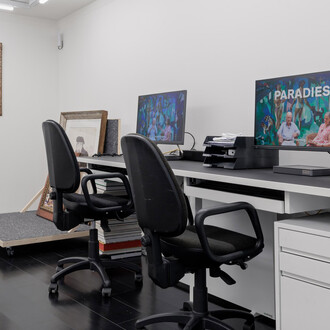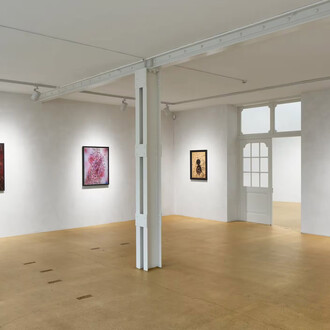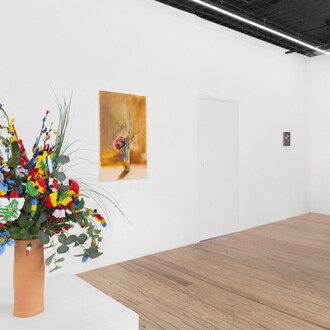The Museum für Gestaltung Zürich is dedicating its latest exhibition to one of the most pressing global issues of our time: the water crisis. Starting at the end of November in the Toni-Areal, Water. Designing for the future will present innovative design ideas and approaches for responsible, sustainable, and forward-looking water management.
Water—whether too much or too little, clean or polluted—is one of the greatest challenges of our time. Our handling of this resource has a significant impact on the future of our planet. The exhibition Water. Designing for the future showcases international design ideas that have the potential to point the way out of the current water crisis. Projects from the fields of design, architecture, art, and science provide inspiring solutions for acute problems such as water scarcity, flooding, inadequate sanitation systems, and disrupted water cycles. In five chapters and with some 65 works, the exhibition sharpens awareness for sustainable use of this vital resource and exemplifies how a more creative and resilient use of water can be shaped in the future.
Water stories
The exhibition begins with a timeline, a chronology of water, spanning from ancient civilizations to the present, creating a seamless transition into the first chapter, Water Stories. This chapter features a collage of stories and objects that illuminate our diverse connection to water and its significance in various cultures and eras. The aim is to open up other perspectives, awaken new conceptions of water, and encourage thoughtful engagement.
Bodily waters
Water is essential for all life on Earth. It serves a multitude of vital functions, and the human body itself consists of a high percentage of water. However, when we breathe, sweat, or urinate, we lose water, so our stores must be regularly replenished by drinking. Bodily Waters highlights our close connection to water both within and outside our bodies. With projects such as a fog collector that captures minuscule water droplets and makes them available as drinking water, or alternative sanitation concepts like a dry toilet campaign, sustainable approaches are presented which help us rethink drinking water supply and sanitary facilities.
Invisible water
The chapter Invisible Water reveals how about 85 percent of the world’s extracted freshwater flows into the cultivation of food and livestock, energy production, and the manufacturing of everyday products like clothing, electronics, cars, and building materials. It illustrates new concepts in agriculture and industrial production that reduce water consumption and thus promote systemic change. These include a nature-based process for producing textile dyes, which, unlike conventional chemical dyeing processes, does not cause water pollution, and a floating, modular greenhouse for urban agriculture that draws fresh water and energy from solar power.
Thirsty cities
Over the past ten years, several cities have approached “day zero,” the moment when a city’s taps run dry. The case of Cape Town in 2018 is particularly well known. In the chapter Thirsty Cities, selected cities in various climate zones are examined from the perspective of their unique water management: Projects for reusing old water systems in Chennai, floating structures as a response to the steadily rising sea level in Lagos, systematic rainwater treatment in Mexico City, and flood protection measures like the Sihl-Zürichsee relief tunnel in Zurich present viable solutions.
Ecosystems
The chapter Ecosystems addresses long-term human interventions in nature, such as damming rivers, draining wetlands, and extracting groundwater, which significantly impact ecosystems, biodiversity, and the water cycle. The exhibition introduces alternative approaches that help restore the balance between humans and nature. Projects like trash barriers for cleaning heavily polluted rivers in Indonesia and underwater structures to reduce beach erosion and create habitats for marine life illustrate how ecosystems can be protected and regenerated through sustainable and creative solutions.
An exhibition by the Museum für Kunst und Gewerbe Hamburg and Jane Withers Studio, London.





